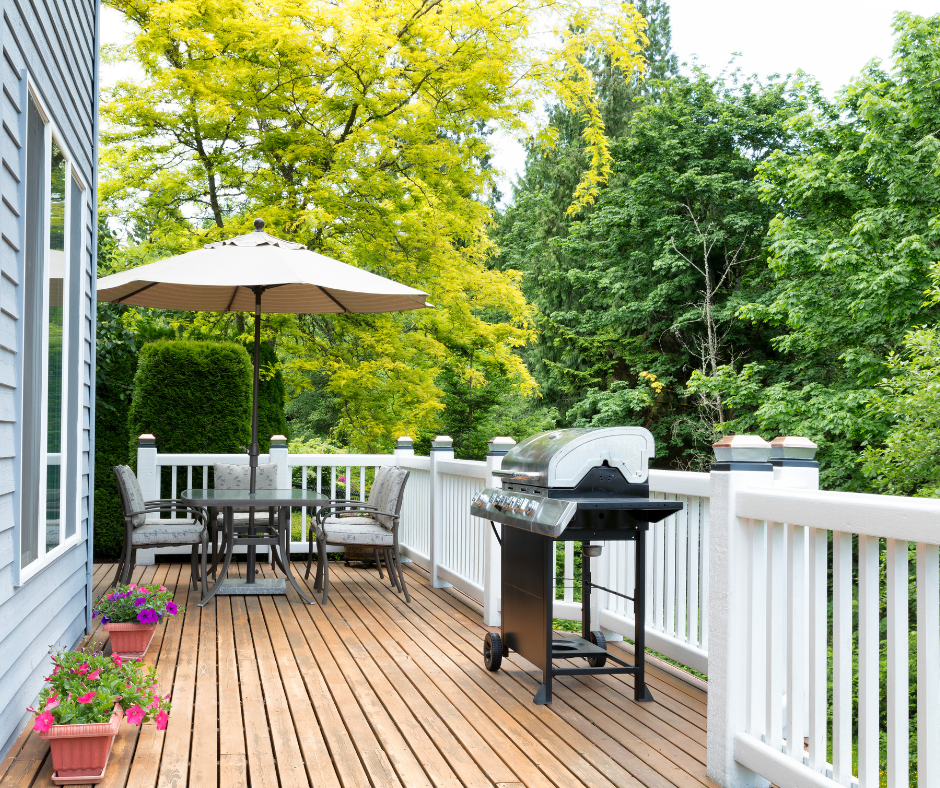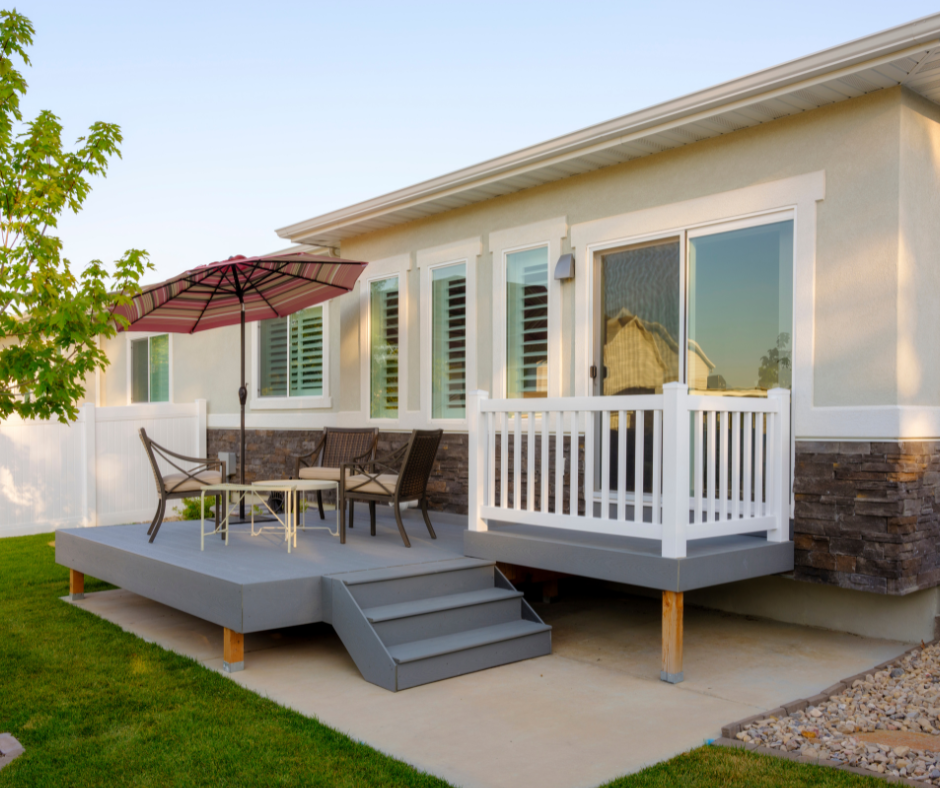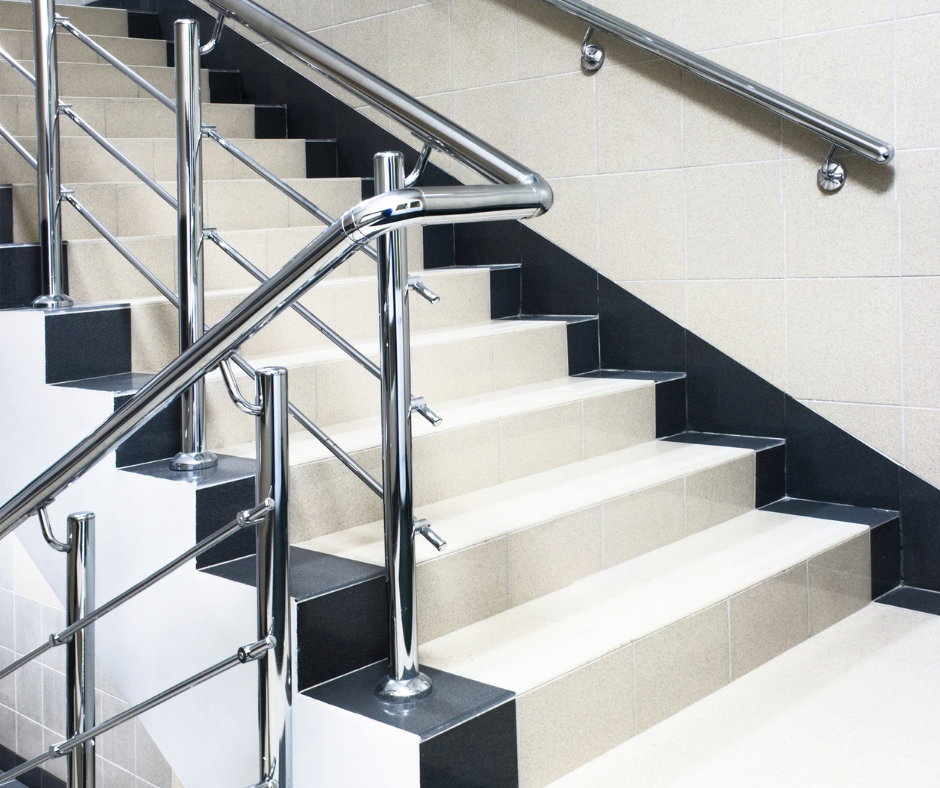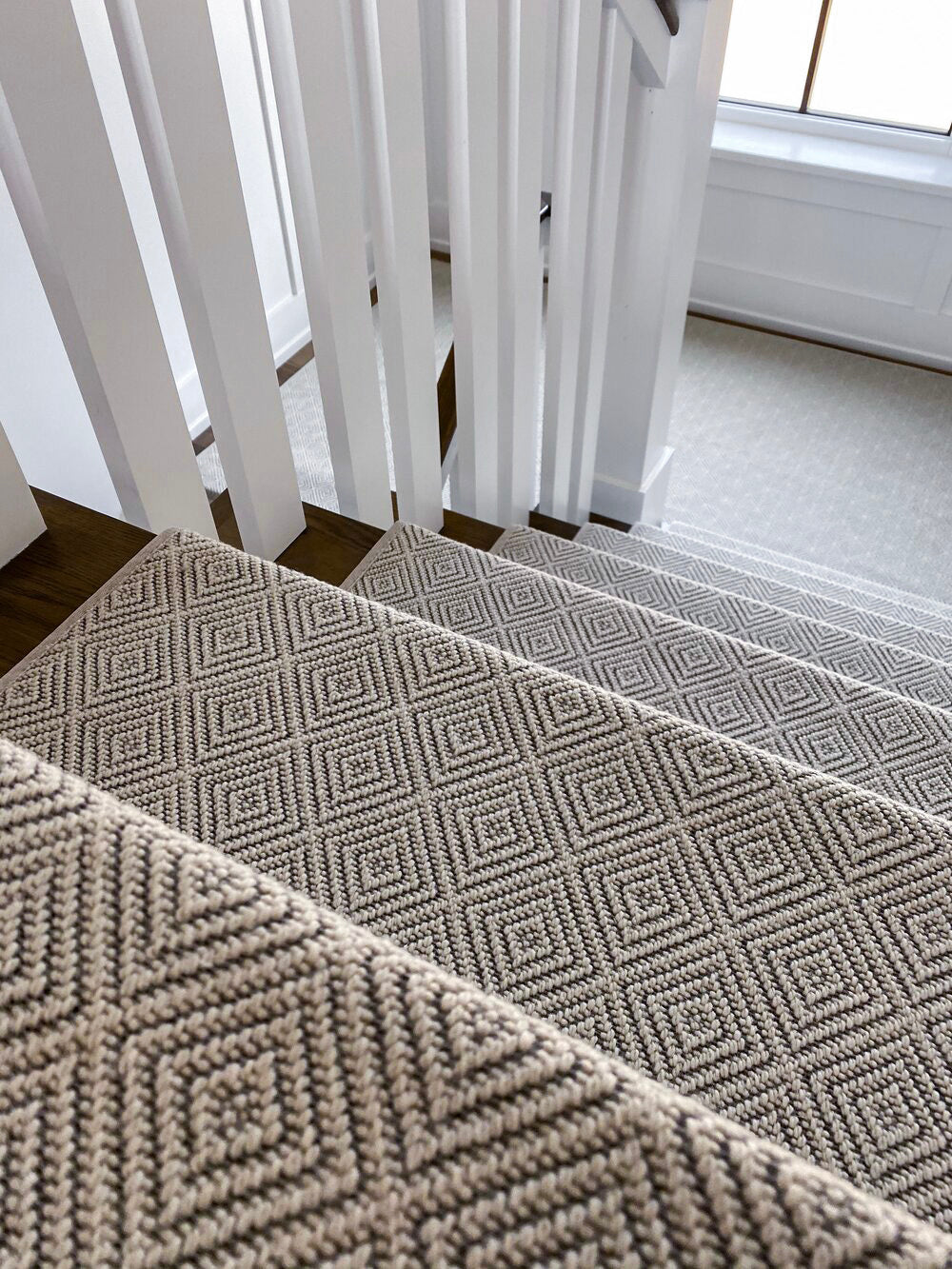Your stairs should feel like a part of your home—safe, solid, and built with care.
If you're wondering how to measure deck stair railing dimensions, here's the simple answer: measure vertically from the front edge of the stair tread (nosing) to the top of the handrail, aiming for a height between 34 and 38 inches, and make sure balusters are spaced no more than 4 inches apart.
In this guide, you'll learn how to get your measurements right, stay code-compliant, and upgrade your deck stairs with comfort, safety, and lasting style.
You’ll also discover why details like carpet stair treads, stringer support, and tread depth can make or break the staircase experience.
Whether you're building new stairs or updating an existing set, measuring accurately and choosing the right materials makes all the difference.
Let’s walk through it, step by step.
Do You Need a Railing for Your Deck?
Yes—if your deck is 30 inches or more off the ground, a railing isn’t just a good idea, it’s the law in most places.
According to the International Residential Code (IRC), guardrails are required for any deck standing over 30 inches tall (R312.1.1).
This rule exists to prevent dangerous falls and protect your family, guests, and pets.
But even if your deck is lower than that and not technically required to have a railing, it’s still one of the smartest upgrades you can make.
A railing adds safety, visual appeal, and a polished finish—whether you're building from scratch or enhancing an existing setup.
What Is the 4-Inch Rule?
The 4-inch rule applies to baluster spacing.
It means the openings between vertical balusters (or spindles) must be small enough that a 4-inch sphere cannot pass through.
This prevents toddlers, pets, or objects from slipping through and causing injury.
You can use a 4-inch block to test the spacing as you build.
It's a small detail that offers major peace of mind.
Should Stair Railings Be 36 or 42 Inches?
Most residential building codes accept a handrail height between 34 and 38 inches when measured from the stair tread nosing.
Some areas, especially commercial or high-elevation decks, require 42 inches.
To stay compliant, always check your local code.
If you’re uncertain, 36 inches is a safe, widely accepted standard that balances function and design.
Measuring Railing Height the Right Way
Learning how to measure deck stair railing dimensions starts with understanding where to begin and end your measurement.
-
Start from the stair nosing: This is the front edge of each step.
-
Measure straight up vertically to where the top of the handrail will be.
-
Make sure the result lands between 34 and 38 inches.
Avoid measuring at an angle or from the side of the step.
For stairways, vertical accuracy is critical for both safety and code compliance.
Measuring the Railing Length
To determine the length of the handrail:
-
Start at the bottom stair nosing.
-
Measure diagonally up the stair slope to the top landing post.
-
This diagonal distance is the total railing length you'll need.
Don’t forget to account for post positions, angles, and returns at the top and bottom for a seamless finish.
Confirming Baluster Spacing
Balusters should be spaced no more than 4 inches apart horizontally.
To measure:
-
Place a 4-inch spacer between each baluster before fastening.
-
Double-check spacing before fully securing your rail system.
Even spacing ensures safety and creates a clean, balanced appearance—especially when viewed from below or across the yard.
Why Deck Stair Tread Dimensions Matter
Now that your railing is sorted, don’t overlook your steps.
The deck stair tread dimensions you choose impact how safe and comfortable your stairs feel with every step.
-
Tread depth: 10 to 11 inches
-
Riser height: 7 to 7.5 inches
These dimensions help your feet land naturally and reduce the risk of tripping.
Consistency matters—every tread and riser should be identical for the safest experience.
Add Grip and Comfort with Carpet Stair Treads
Even the best-built stairs can feel slippery, especially in rain or on smooth wood.
That’s where carpet stair treads come in.
They offer:
-
Extra traction for pets and kids
-
A soft landing for bare feet
-
Visual warmth and charm
Our treads are peel-and-stick, weather-resistant, and available in custom sizes.
Whether you're building from scratch or upgrading, they’re a simple, effective way to add both safety and style.
Understanding Standard Stair Stringer Dimensions
The structure beneath your treads—called stringers—supports the entire staircase.
Without the right specs, your stairs can flex, sag, or become unstable over time.
Here are the standard stair stringer dimensions you should know:
-
Rise per step: 7 to 7.5 inches
-
Tread run: 10 to 11 inches
-
Spacing between stringers: 16 inches on center
Spacing too wide can lead to weak spots in your steps.
Stick to the standard for a safe, strong base.
How to Cut and Install Stair Stringers
If you're cutting your own:
-
Measure Total Rise: From the bottom landing to the deck top.
-
Divide by Riser Height: 7 to 7.5 inches is standard.
-
Calculate Total Run: Multiply your step count by 10–11 inches.
-
Mark with a Framing Square: Use the rise and run pattern to trace your cuts.
-
Make Precise Cuts: Use a circular saw and finish corners with a hand saw.
-
Install Securely: Anchor the stringers to both the top deck and base landing.
Your stair frame is only as good as its cuts. Measure twice—cut once.
Common DIY Mistakes to Avoid
When homeowners try to build or upgrade their own deck stairs, these are the most common missteps:
-
Measuring at an angle: Railing height must be measured vertically, not along the slope.
-
Inconsistent riser heights: Even a half-inch difference can cause a stumble.
-
Improper baluster spacing: Gaps wider than 4 inches can fail inspections—and be dangerous.
-
Skipping stair treads: Bare wood looks nice but becomes slick fast. Carpet stair treads solve that instantly.
Learning how to measure deck stair railing dimensions the right way saves you time, money, and potential safety concerns down the road.
Material Choices That Matter
Choosing the right materials for your rail system improves both durability and aesthetics.
-
Handrails: Wood is traditional; aluminum or composite offers a modern, low-maintenance option.
-
Balusters: Wood gives warmth, while metal or vinyl provides strength and clean lines.
-
Treads: Pressure-treated wood is the standard. Add carpet stair treads for function and style.
Whatever you choose, make sure it aligns with your home’s look and your family’s needs.
A little thought here goes a long way in creating a space that feels finished.
Why This Matters for Families
Safety codes aren’t just about following rules—they’re about protecting the people you love.
For families with children, older adults, or pets, properly installed stair railings reduce the risk of slips, falls, and injuries.
Well-built stairs:
-
Keep toddlers from slipping through wide gaps
-
Give older adults the support they need
-
Make guests feel safe and welcome
-
Increase your home’s resale value
By learning how to measure deck stair railing dimensions correctly, you create a space built with both form and function in mind.
Steps To Success
Measuring your deck railing might seem like a small job, but it carries big importance.
Knowing how to measure deck stair railing dimensions—and applying that knowledge carefully—means creating stairs that are safe, stylish, and built to last.
Whether you're a DIY homeowner or calling in a pro, make every step count.
From the height of your railings to the deck stair tread dimensions and standard stair stringer dimensions, each piece plays a part in your stairway’s performance.
And when it’s time to add comfort and traction?
Our carpet stair treads are the easiest upgrade you’ll ever make.
Ready to Take the Next Step?
Explore our custom-fit stair treads and discover how Oak Valley Designs helps families create safer, more stylish homes—one stair at a time.
-
Website: https://oakvalleydesigns.com/
-
Phone: 706.331.0315
-
Email: info@oakvalleydesigns.com
-
Address: 30 River Ct SW Bldg E Cartersville, Ga 30120




